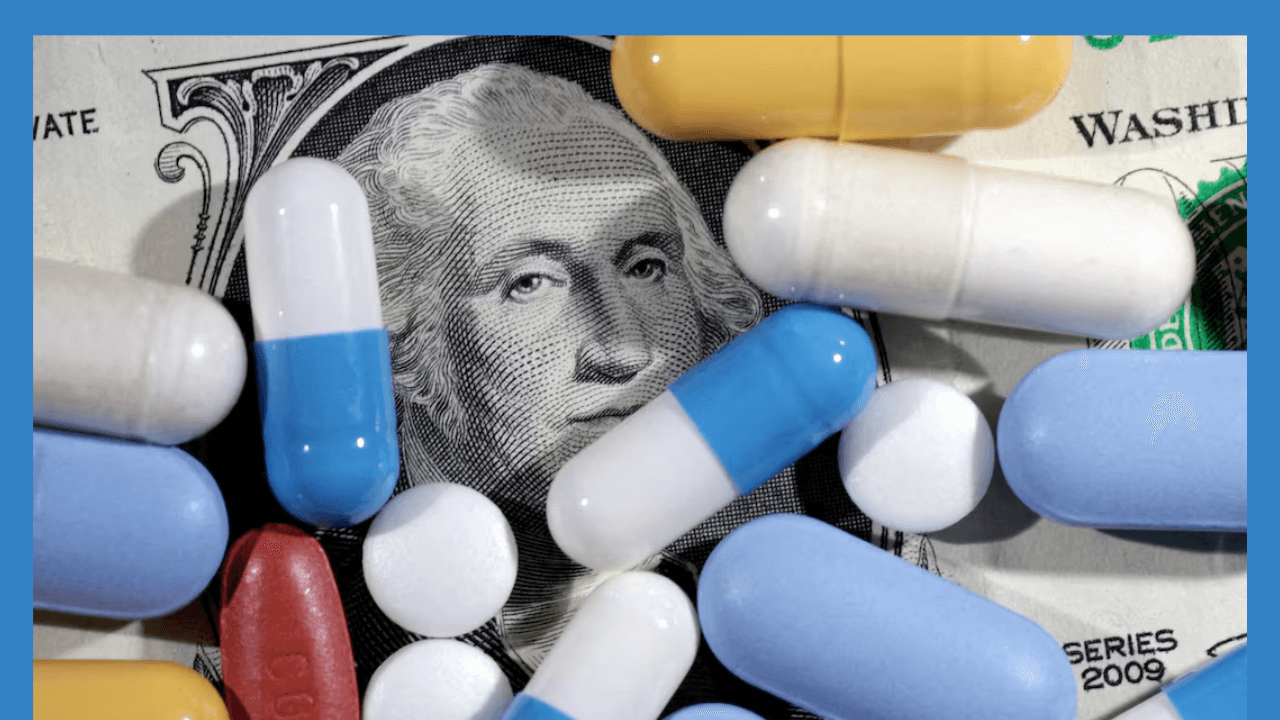U.S.-EU trade deal imposes 15% tariff on European medicines

NEW YORK, UNITED STATES — The United States and the European Union (EU) have agreed to a 15% tariff on imported medicines from Europe, a move that could drive up costs for blockbuster drugs like Ozempic, Keytruda, and Botox.
The New York Times reports that while lower than initially threatened levies, the new tariffs may add billions in expenses for drugmakers, potentially increasing prices for patients and insurers.
Threats to drug affordability and supply chain stability
Although brand-name high-profit-generating drugs may not experience the shortage, generics that constitute the majority of prescriptions in the United States may face a shortage in supply if manufacturers reduce their supply volume.
According to the U.S. Pharmacopeia, Europe also contributes 43% of the active ingredients in American brand-name drugs and 18% in generic drugs, a fact that makes it a very important node in the pharmaceutical supply chain.
Major drug manufacturers such as Pfizer and Merck have Ireland as one of their centers, and last year, Ireland exported drugs worth $50 billion to the U.S.
The exemption on some generics is a partial reprieve. However, trade associations such as PhRMA agree that tariffs might have the effect of dampening research and manufacturing investments in this country and not increasing them, as the aim of the taxes is to do.
“Tariffs are not the answer for promoting greater domestic production of these products,” they said in their statement.
Broader push for U.S. pharma self-sufficiency
The agreement spares European medicines from the more unfriendly national-security-based tariffs that could be levied on generic drug imports to the United States via India and China under the Section 232 route that is still open to the Trump administration.
President Trump has positioned the tariffs as a policy to revive drug manufacturing within the United States. Yet, critics indicate that the provision threatens discontinuity in global supply lines without assuring an increase in production levels within the nation. The EU, in its turn, is frightened by the loss of pharma investments and jobs as companies reevaluate costs.
Although the rate of 15% is less harsh than other proposals floated earlier of 200% rates, the effect on the economy is huge. Insurers in New York, Oregon, and Maryland have already indicated tariffs in their demands to increase advanced future premiums in 2025.
As pharmaceutical companies face billions of dollars in additional expenses, the lasting consequences can transform the landscape of pricing, insurance structure, and the location of vital drug facilities, including changes in the global benefit of pharmaceutical trade.

 Independent
Independent




